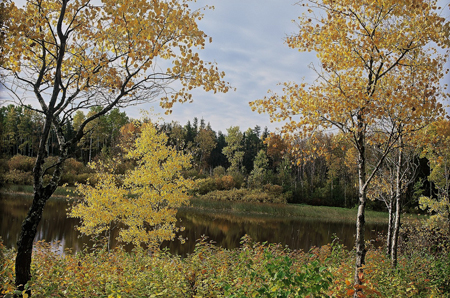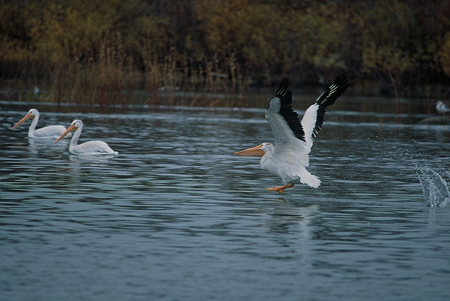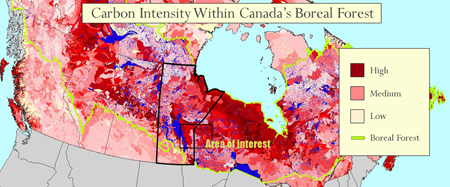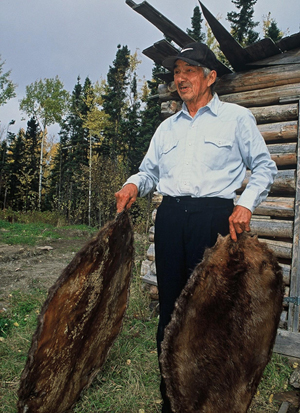
A river within the potential new UNESCO site
Credit: Garth Lenz
Yesterday the outgoing Premier of Manitoba (equivalent of governor), Gary Doer, announced he will be putting $10 million into a trust fund designated for large-scale conservation planning in eastern Manitoba. Selected as the new ambassador to the United States and thus leaving his post as premier, Doer has been working for several years with local aboriginal groups on creating a vast new UNESCO World Heritage Site on the eastern side of Lake Winnipeg.
If approved, the nearly 10-million-acre area would be protected from outside interests like development and kept for the traditional uses of local First Nations (click here for link to map). The total trust fund is expected to reach $20 million, which will provide assistance to First Nations involved in the formal planning, research, and mapping.
John Charles MacDonald, oldest trapper in Poplar River.
Credit: Garth Lenz
This is great news for a variety of reasons. The first is that if the plans go through, the World Heritage Site would also extend into Ontario, showing that neighbors can (and in my opinion, should more often) work together to protect vital wilderness. It's also a great example of governments working with aboriginal groups to help protect their traditional land and ways. Too often in the past we've gotten it wrong, and this shows that we still can make some things right. Demonstrating the importance of preserving traditional life, this would be one of only a few World Heritage Sites recognized for both outstanding cultural and natural heritage.
The area is also a vital chunk of intact Boreal Forest, and you know what that means: birds! Hundreds of bird species breed and travel through the region, including the American Black Duck, Yellow Rail, Olive-sided Flycatcher, Bay-breasted Warbler, Canada Warbler, Rusty Blackbird, Evening Grosbeak and the American White Pelican, shown below.

American White Pelicans in Manitoba
Credit: Garth Lenz
It's also important habitat for the increasingly-threatened Woodland Caribou, as well as being particularly dense in carbon storage. When industrial development occurs within the Boreal, much of this carbon is released into the atmosphere. So as the map below indicates, keeping this carbon in the ecosystem will greatly boost our efforts to fight global warming.

Carbon density is high in the potential UNESCO region
Credit: BSI and Global Forest Watch Canada
You can read more about this in an article by CBC News, and from a press release by the Canadian Boreal Initiative. It was also in the local CBC News at Six Program in Manitoba, which you can watch by clicking here - the story is at 5:14 minutes.


